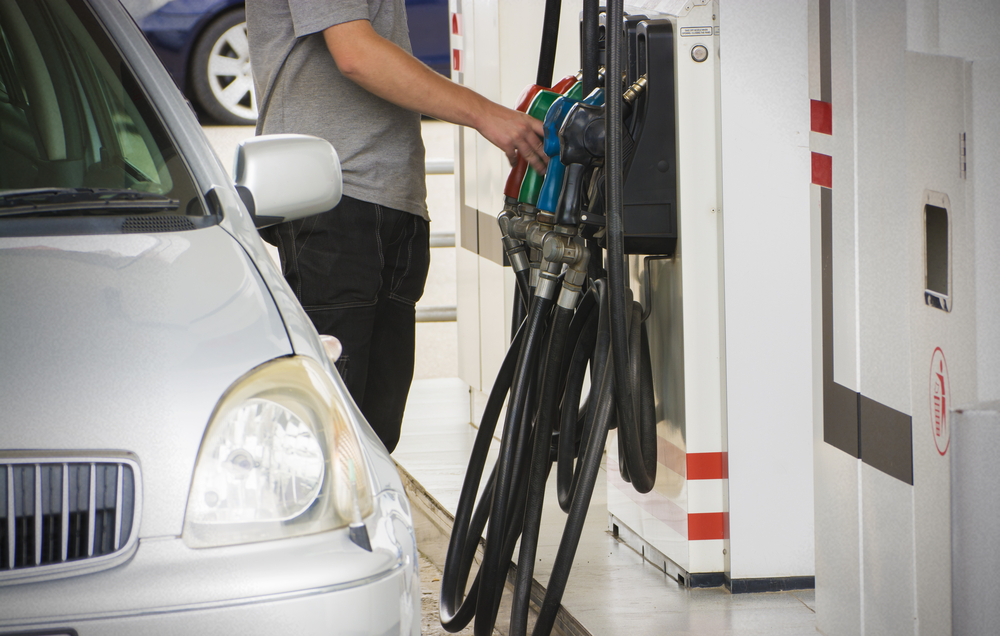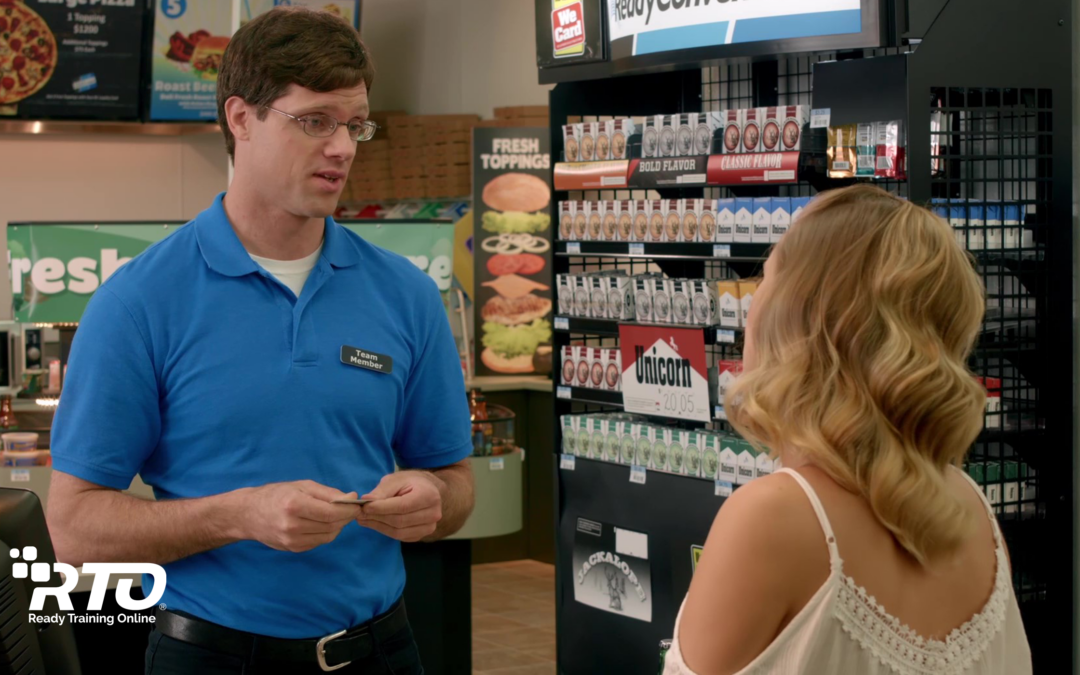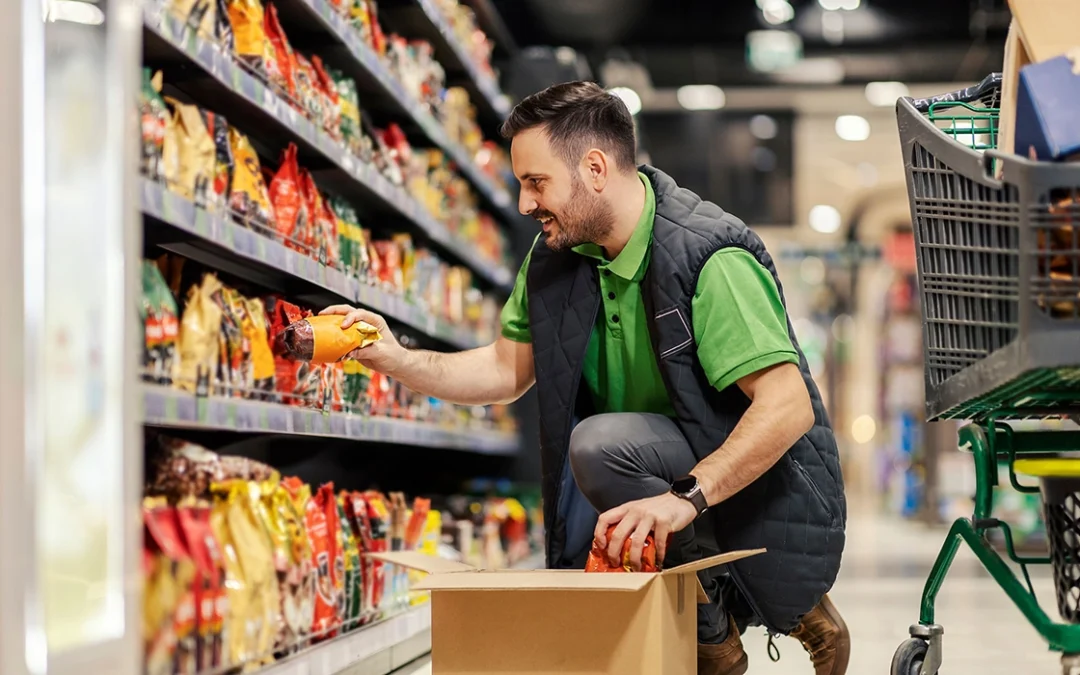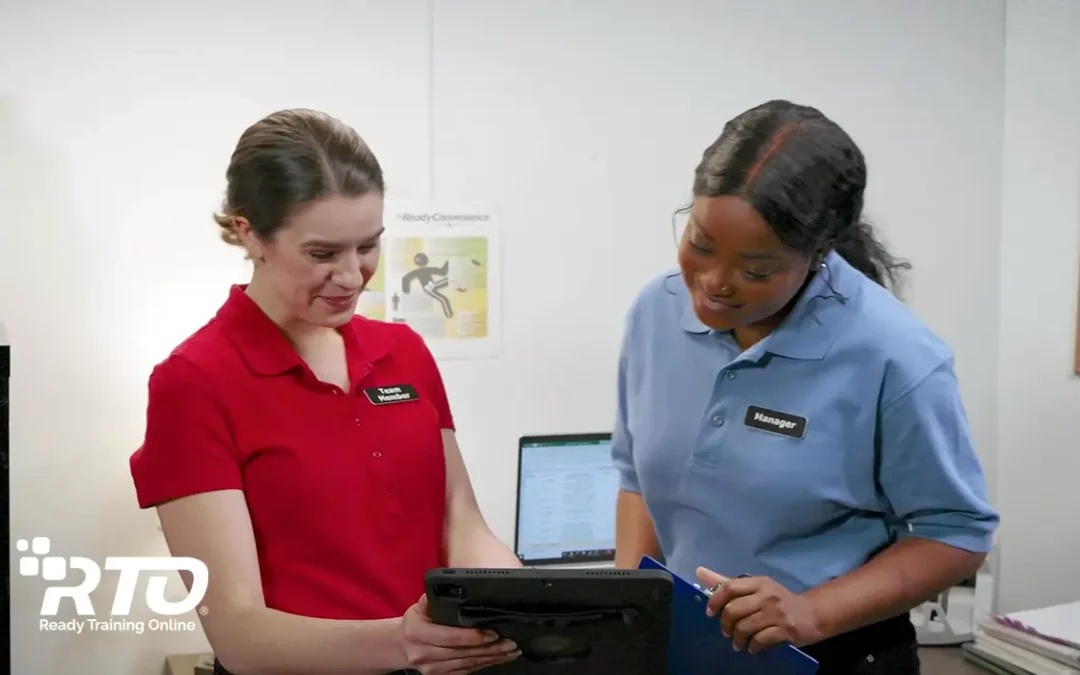What does the customer experience look like at your store during the current health crisis? How has it changed? Before you give that too much thought, keep this in mind – the customer experience is different from customer service. Customer service is a one-on-one interaction between your customers and your staff. The customer experience encompasses everything customers encounter during a visit to your store. This is a particularly important distinction for convenience stores with so many fuel customers paying at the pump and not even having contact with your staff.
What a Negative Customer Experience Looks Like
In some ways, customers who pay at the pump are the easiest to alienate. If your pump handles aren’t clean, trash cans are overflowing, your receipt paper is out, or their loyalty card doesn’t work, there’s nothing stopping them from going to the station down the street the next time they need to fill up. Factors such as exterior store care, credit card security at the pump, loyalty programs, and amenities at the pump all affect customer perception.
Inside the store, there’s more to the customer experience, especially right now. Once customers walk through your door, you and your staff have multiple opportunities to either amaze or disappoint them. This starts with being clear about what you’re doing to keep the store sanitized, encourage social distancing, and minimize contact in self-serve areas. Don’t make your customers wonder if they’re safe — reassure them that they are. Interior store care, product quality, restroom cleanliness, merchandising, and employee interaction also play a role in the impressions your customers form of you.
What a Negative Customer Experience Costs You
When a customer has a negative experience in your store, you may never even know it. Research suggests that about 50 percent of customers who have a problem never complain about it. Negative customer experiences put your bottom line at risk in other ways, too:
- Customers who have negative experiences are more sensitive to price. Conversely, customers who have positive experiences in your store are less concerned about price
- A negative customer experience reduces repeat business. Some studies suggest that more than 80 percent of customers never return to a business if they have a negative experience.
- Negative word-of-mouth spreads to other potential customers. People are more likely to tell others about negative experiences than positive ones.
Training is Key
There is good news about the customer experience — you control it, both inside and outside your store — even during these difficult times. Training can help you and your employees prevent many negative customer experiences and learn how to solve problems that do come up. Until the moment customers pull out of your parking lot, you have the opportunity to turn any customer experience into a positive one. Click here to check out our complete suite of convenience store training.





